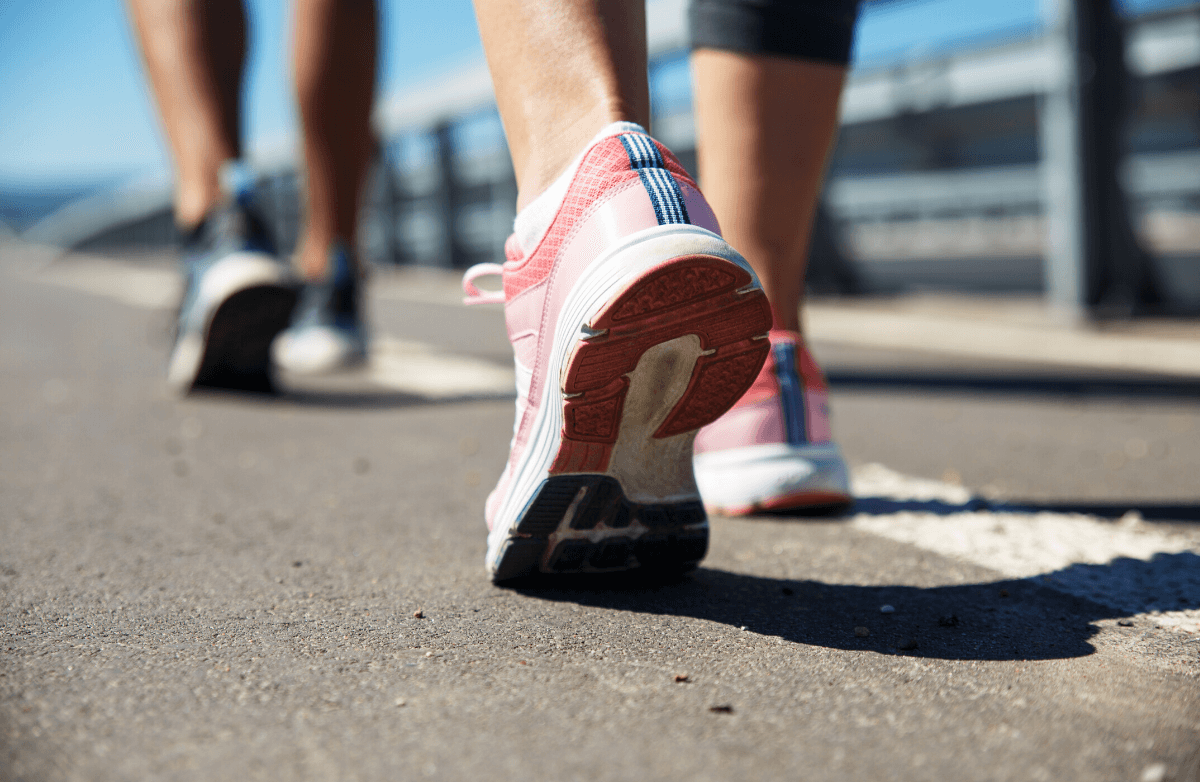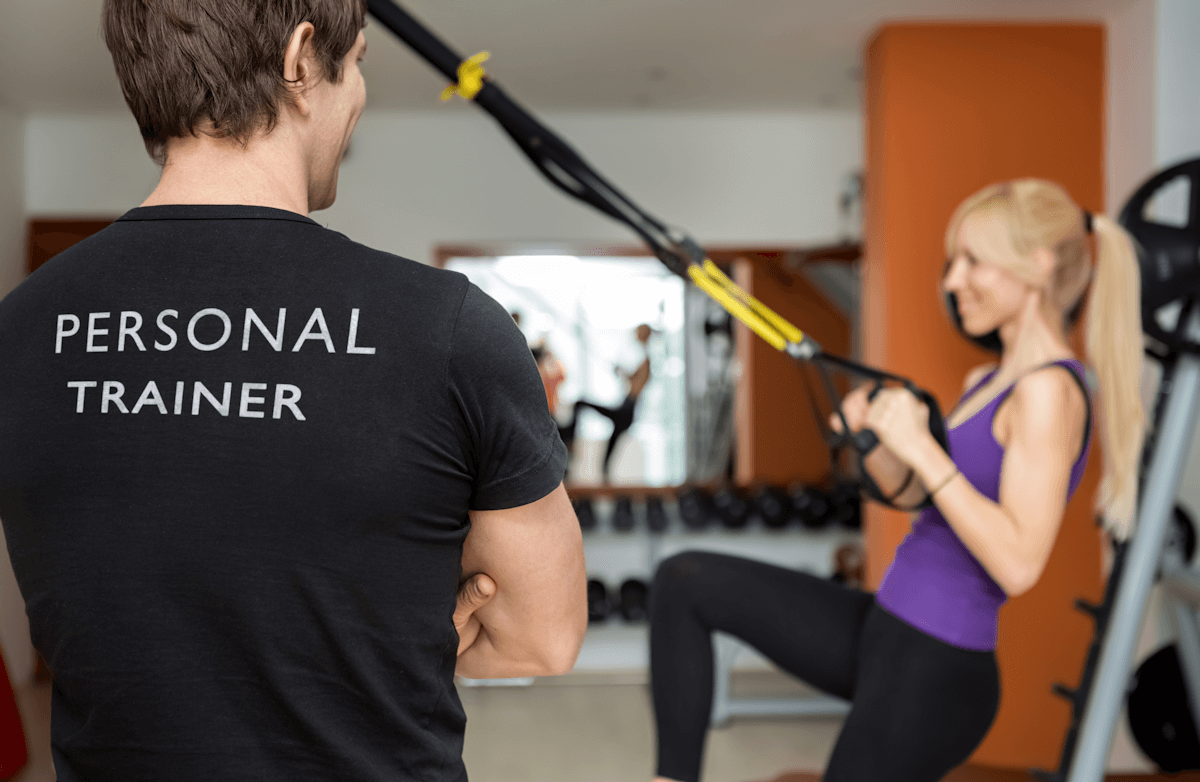
While a walking program can be exciting and challenging at first, you don’t want to fall into a rut by doing the same thing month after month. Here are some ways to add variety to your workouts, whether you're exercising outdoors or on the treadmill indoors.
Add an Incline
Even adding a moderate hill can significantly boost your energy expenditure, allowing you to burn more calories, build more strength, and strengthen your bones.
On a treadmill, start with the incline at two percent and add one percent every few weeks. Don't add so much incline that you have to hold on to the treadmill or can't maintain proper walking form. If that happens, bring the incline back down to a more comfortable level.
Outside, vary your route to include more hills. The change of route will keep you from getting bored, and the hills will increase the intensity of your workout.
Try incline intervals. Instead of walking up a steady incline the entire time, walk up a hill or incline for a few minutes, and then walk downhill (or at a lower incline) to recover for a few minutes. Repeat these intervals during your workout to keep things interesting.
Try Speed Walking
Pump your arms (at a 90-degree angle) vigorously as you speed up your pace. Your arms should move front-to-back and not side-to-side (commonly referred to as "chicken wings"). You can burn five to 10 percent more calories by adding this faster, more deliberate arm movement to your walks. Practice this technique over short distances until you can build up your time and speed, being sure to breathe properly the entire time.
Just Add Water
Walking in the water (waist high and above) is harder than it looks. The water’s resistance makes walking much more challenging. In turn, walking on land will feel easier if you also train in the water. Plus, water exercise is easy on the joints.
In the shallow end, try walking the length of the pool (don’t forget to use your arms). Go as quickly as possible for 10 seconds, then slower for a one-minute recovery. Start with five sets and build from there, alternating forward and backward. Be sure to walk with proper form and allow your entire foot to strike the bottom of the pool from heel to toe.
In the deep end, strap on a flotation belt for water walking. You can do the same "bursts" described above or vary your routine depending on your ability and preference: Try more or fewer quick bursts, longer or shorter steps, changing directions, etc.
Change Your Stride
Experiment with different stride lengths during your workouts. Try shorter and faster strides or slower and medium-length strides. You can try entire workouts at a new stride length, or change it up every minute or two. Different stride lengths and speeds will challenge your muscles in different ways, so you can keep seeing progress.
Take Your Dog
Fido will ensure you are walking at a good pace. For an average person (and dog), you're probably in your target speed range when your dog is "trotting" too. Be careful, though--if Fido tends to pull a lot, it might be dangerous for him.
Change Direction
People move forward, and walking is no exception. As long as you're careful and don't have any balance issues, walking laterally or even backwards can be a good way to add a little variety to your program. Sideways walking is probably easiest and poses the fewest risks. Keep your body facing in one direction and focus on the movement of your outer and inner thighs as you step to the side. Don't forget to go both ways (lead with the right leg, but don't forget to turn the other way to lead with the left leg, too). On the treadmill, try a very slow speed with zero percent incline. You can hold on to the railings for support.
Vary Your Program
There are countless simple ways you can change up your walking routine, from experimenting with different workout durations (short, medium, or long), different workout intensities (low, moderate, and high), and even different days of the week. The more you change things up, the better your results will be, even as you continue to get more fit.








.png)




.png)